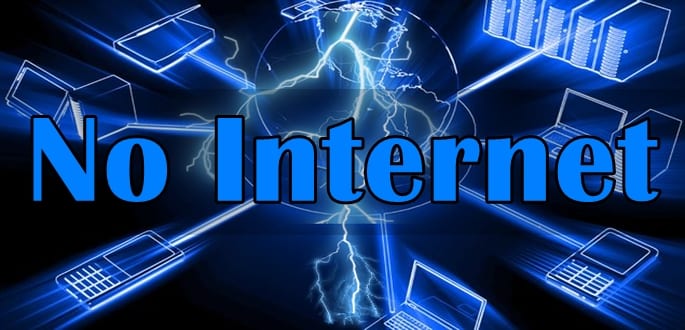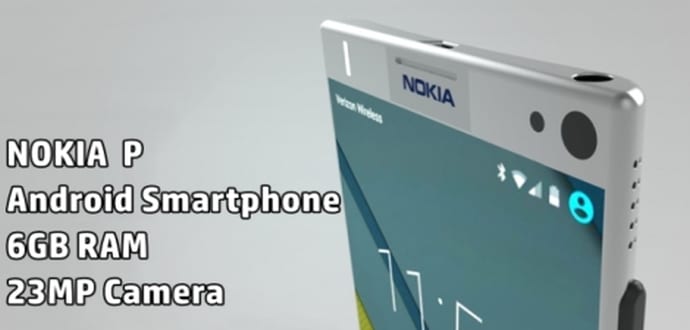Lose weight. You hear this advice all the time. But did you know that where your body stores those extra pounds matters for your heart health, too?
“A thicker waistline increases heart attack risk,” says Nieca Goldberg, MD, medical director of the New York University Langone Joan H. Tisch Center for Women’s Health.
Stomach fat is linked to high blood sugar, increased blood pressure, and raised levels of triglycerides, a type of fat in your blood. “All of these are major risk factors for heart disease,” Goldberg says.
So what makes an expanding waistline a problem for your heart?
Lose weight. You hear this advice all the time. But did you know that where your body stores those extra pounds matters for your heart health, too?
“A thicker waistline increases heart attack risk,” says Nieca Goldberg, MD, medical director of the New York University Langone Joan H. Tisch Center for Women’s Health.
Stomach fat is linked to high blood sugar, increased blood pressure, and raised levels of triglycerides, a type of fat in your blood. “All of these are major risk factors for heart disease,” Goldberg says.
So what makes an expanding waistline a problem for your heart?
It’s About Location
Belly fat, also called visceral fat, is closer to internal organs, says Sonya Angelone, a cardiovascular nutrition expert in San Francisco.
This type of fat can be related to hormones, like those that kick in at menopause. That's when many women start seeing their tummies thicken.
Belly fat, also called visceral fat, is closer to internal organs, says Sonya Angelone, a cardiovascular nutrition expert in San Francisco.
This type of fat can be related to hormones, like those that kick in at menopause. That's when many women start seeing their tummies thicken.
Tension Plays a Role, Too
Your body also makes a "stress hormone" called cortisol, “which increases belly fat,” Angelone says. It narrows blood vessels and raises your BP to boost blood flow. Your body needs this in times of high stress. But too much cortisol can lead to blood vessel damage and plaque buildup, so it’s hard on your heart.
It can also lead to weight gain. The process draws fat from storage and sends it to your midsection. This has an inflammatory effect that can lead to heart problems, too.
It's a good idea to keep your stress levels down. Stay calm the best way you know how, or try out calming techniques like yoga and meditation.
Your body also makes a "stress hormone" called cortisol, “which increases belly fat,” Angelone says. It narrows blood vessels and raises your BP to boost blood flow. Your body needs this in times of high stress. But too much cortisol can lead to blood vessel damage and plaque buildup, so it’s hard on your heart.
It can also lead to weight gain. The process draws fat from storage and sends it to your midsection. This has an inflammatory effect that can lead to heart problems, too.
It's a good idea to keep your stress levels down. Stay calm the best way you know how, or try out calming techniques like yoga and meditation.
Make Over Your Diet
These ticker-friendly tips can also help you watch your weight:
Look out for sneaky sugar. Did you know there's some in booze, for instance? “Alcohol is sugar,” Goldberg says. Same goes for sodas and sports drinks.
Swap fruits. Go for strawberries, blueberries, and raspberries instead of high-sugar bananas and grapes. They can quell your cravings just as well.
Watch the whites. Avoid bread and white-flour foods, like white rice. Brown rice and multigrain versions are better for you, but eat them in moderation, Goldberg says.
Try a Mediterranean-style eating plan. The diet is good for your heart and can lower blood sugar. You’ll eat more fruits, grains, beans, and nuts, along with healthy fats like olive oil.
Think spicy instead of sweet. For instance, use vanilla or cinnamon to flavor oatmeal and other foods instead of brown sugar and fatty cream. Try a dash of cinnamon in black coffee, too.
Avoid fads and quick fixes. Trendy diet kits and breath-stopping waist cinchers will always crowd store shelves. But there are no special exercises, devices, or diets that target belly fat. “As you lose weight, the weight will come off the belly, also.”
Eat healthy for the long haul. You might try a hard-core, fat-melting program, and you may pair it with a weight-loss drug. “But it’s not something that works for long term,” Goldberg warns. “People have to learn good habits. There’s no way around it.”
To help map out the approach that’s best for you, ask your doctor or dietitian to test your body fats. You can find out your chances of getting heart disease and learn what foods your body needs. You can also get checked for inflammation, diabetes, and other things that could affect your health. “Personalized care is the best option, and now with the testing available, is the best way to go to ensure success,” Angelone says.
These ticker-friendly tips can also help you watch your weight:
Look out for sneaky sugar. Did you know there's some in booze, for instance? “Alcohol is sugar,” Goldberg says. Same goes for sodas and sports drinks.
Swap fruits. Go for strawberries, blueberries, and raspberries instead of high-sugar bananas and grapes. They can quell your cravings just as well.
Watch the whites. Avoid bread and white-flour foods, like white rice. Brown rice and multigrain versions are better for you, but eat them in moderation, Goldberg says.
Try a Mediterranean-style eating plan. The diet is good for your heart and can lower blood sugar. You’ll eat more fruits, grains, beans, and nuts, along with healthy fats like olive oil.
Think spicy instead of sweet. For instance, use vanilla or cinnamon to flavor oatmeal and other foods instead of brown sugar and fatty cream. Try a dash of cinnamon in black coffee, too.
Avoid fads and quick fixes. Trendy diet kits and breath-stopping waist cinchers will always crowd store shelves. But there are no special exercises, devices, or diets that target belly fat. “As you lose weight, the weight will come off the belly, also.”
Eat healthy for the long haul. You might try a hard-core, fat-melting program, and you may pair it with a weight-loss drug. “But it’s not something that works for long term,” Goldberg warns. “People have to learn good habits. There’s no way around it.”
To help map out the approach that’s best for you, ask your doctor or dietitian to test your body fats. You can find out your chances of getting heart disease and learn what foods your body needs. You can also get checked for inflammation, diabetes, and other things that could affect your health. “Personalized care is the best option, and now with the testing available, is the best way to go to ensure success,” Angelone says.
Get a Move On
Stay active. Get up from your desk and take brief walks throughout the day, or while you make phone calls.
“Being more active all during the day will burn more calories than just going for a run once a day,” although focused exercise is important too, Angelone says.
Get out your bike, treadmill, or running shoes. Or just crank up the dance music.
“There are other ways to move than what we normally think of as exercise,” Goldberg says.
You can try aerobic-based DVDs or subscribe to an exercise channel or two. Smartphone apps are handy for keeping track of your fitness as well.
Whether you're young or older, you can lower your odds of getting heart disease if you don't smoke and you find ways to add exercise into your days.
source:webmd
Stay active. Get up from your desk and take brief walks throughout the day, or while you make phone calls.
“Being more active all during the day will burn more calories than just going for a run once a day,” although focused exercise is important too, Angelone says.
Get out your bike, treadmill, or running shoes. Or just crank up the dance music.
“There are other ways to move than what we normally think of as exercise,” Goldberg says.
You can try aerobic-based DVDs or subscribe to an exercise channel or two. Smartphone apps are handy for keeping track of your fitness as well.
Whether you're young or older, you can lower your odds of getting heart disease if you don't smoke and you find ways to add exercise into your days.
source:webmd








